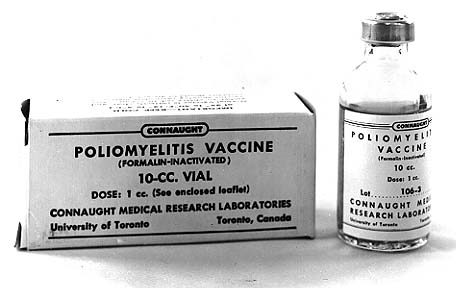Study: N95 masks with exhalation valves cannot stop the spread of coronavirus
11/11/2020 / By Arsenio Toledo

A new study from the National Institute of Standards and Technology (NIST) is warning the public against using N95 face masks that have built-in exhalation valves, as these allow unfiltered air to escape. This makes these kinds of masks useless at preventing the wearer of the mask from spreading the Wuhan coronavirus (COVID-19) to others.
NIST research engineer Matthew Staymates created two videos showing how air and exhaled droplets escape through N95 masks with and without the exhalation valves.
“When you compare the videos side-by-side, the difference is striking,” said Staymates. “These videos show how the valves allow air to leave the mask without filtering it, which defeats the purpose of the mask.”
Face masks that have valves built in them have become very popular since the start of the pandemic because they allow the wearer to breathe a lot easier, which increases their comfort.
However, these kinds of masks are not designed to prevent the spread of disease outbreaks. Rather, they only filter inbound particulates. This makes them popular for people who work in construction who don’t want to breathe in large dust particles and for hospital workers who want to avoid getting infected by sick patients.
What valved masks are unable to do is prevent the wearer from spreading a virus they already have.
“I don’t wear a mask to protect myself,” said Staymates. “I wear it to protect my neighbor, because I might be asymptomatic and spread the virus without even knowing it. But if I’m wearing a mask with a valve on it, I’m not helping.” (Related: CDC director says face masks “more guaranteed” to protect against coronavirus than any vaccine.)
Researcher used flow visualization techniques to show how air travels through valved masks
Exhalation valves in face masks defeat the purpose of the mask, which is to slow the spread of COVID-19. See why in this new video from NIST, and get the research details behind the visualization: https://t.co/C549KpmFy3 pic.twitter.com/N9dwrZLELp
— National Institute of Standards and Technology (@NIST) November 10, 2020
Staymates is an expert in “flow visualization techniques,” or ways in which the movement of air can be captured on images or videos. His line of work usually involves testing the ability of new gadgets for sniffing out explosives and narcotics at shipping facilities and experts.
For this research project, he turned his expertise to visualizing how masks filter out air. To do this, he took several videos using different flow visualization techniques.
In one video, he used what is known as “schlieren imaging.” This allows the flow of air of varying density to show up on Staymates’ videos as patterns of shadows and lights. Exhaled breathe are easily be seen on camera because the air becomes warmer and less dense than the surrounding air.
While this video was already illuminating on its own, Staymates said that it was inadequate because it only shows the movement of the air itself and not how exhaled breathe droplets are spread in the air.
This is why Staymates created a second video that shows how valves do not prevent the spread of droplets in the air. To do this, he built an apparatus that is able to emit air at the same tempo and velocity as a regular, resting adult. He then connected this device to a mannequin and shot three videos with the dummy, one where it wears a valved N95, one where it wears a mask without a valve and another where it wears no mask.
While filming these videos, a high-intensity LED light was shining behind the mannequins. This illuminated the airborne droplets being released by the dummy, showing how droplets were easily able to escape through an N95 mask with a valve. It also showed how an N95 mask without a valve was able to filter out the most amount of droplets.
Staymates understands that there are certain limitations to his research. He only studied one kind of N95 mask with a valve, and believes that different kinds of valved masks may perform differently. All of the masks in the videos were also tightly fitting around the wearer. Masks that are worn more loosely will allow air and droplets to escape from other parts of the mask without filtering it. This can compromise the effectiveness of the mask.
Despite this, Staymates hopes that his experiment can help people understand why masks are beneficial to preventing the spread of the coronavirus, and why wearing N95 masks that have exhalation valves will not protect others from the virus if the wearer has COVID-19.
Learn more about the latest research regarding the best practices for containing the spread of the coronavirus by reading the latest articles at Pandemic.news.
Sources include:
Submit a correction >>
Tagged Under:
China, coronavirus, covid-19, face masks, Flu, infections, masks, Matthew Staymates, N95 masks, National Institute of Standards and Technology, outbreak, pandemic, research, schlieren imaging, superbugs, valved masks, virus
This article may contain statements that reflect the opinion of the author
RECENT NEWS & ARTICLES
Infections.News is a fact-based public education website published by Infections News Features, LLC.
All content copyright © 2018 by Infections News Features, LLC.
Contact Us with Tips or Corrections
All trademarks, registered trademarks and servicemarks mentioned on this site are the property of their respective owners.





















